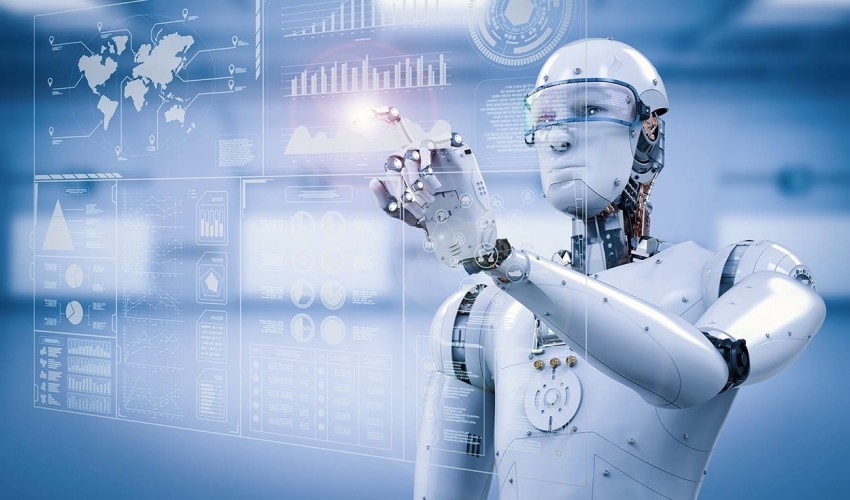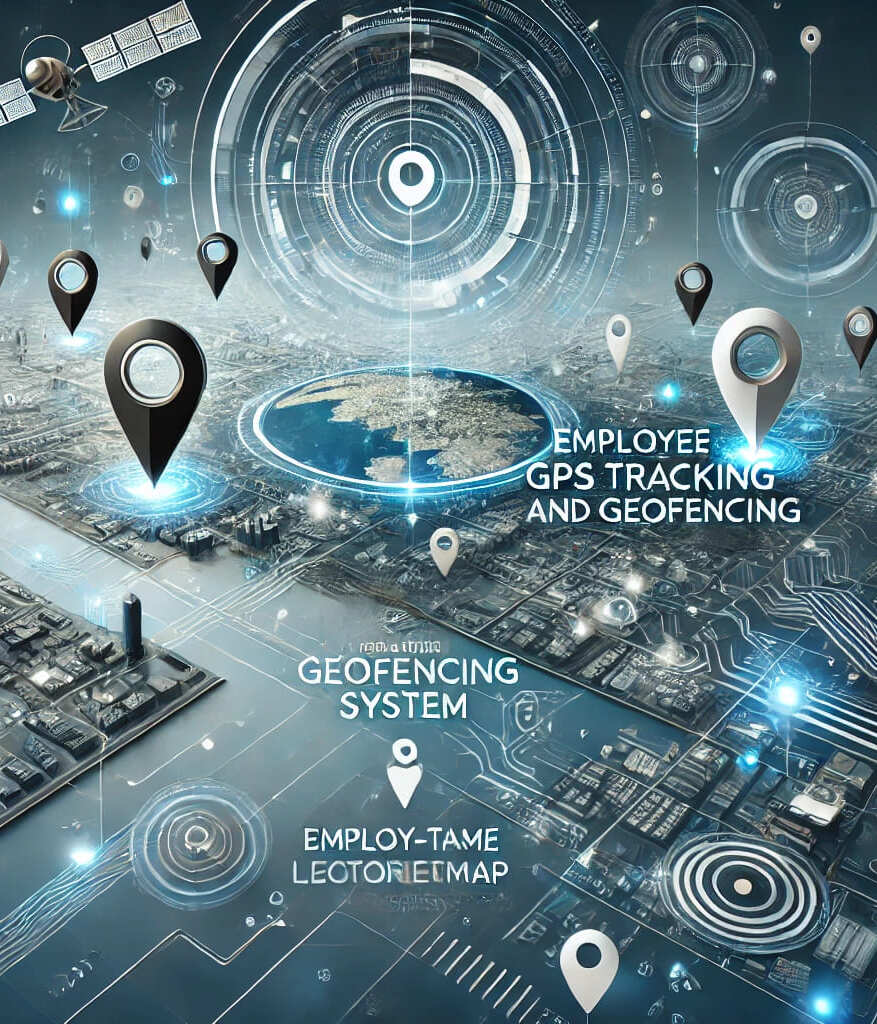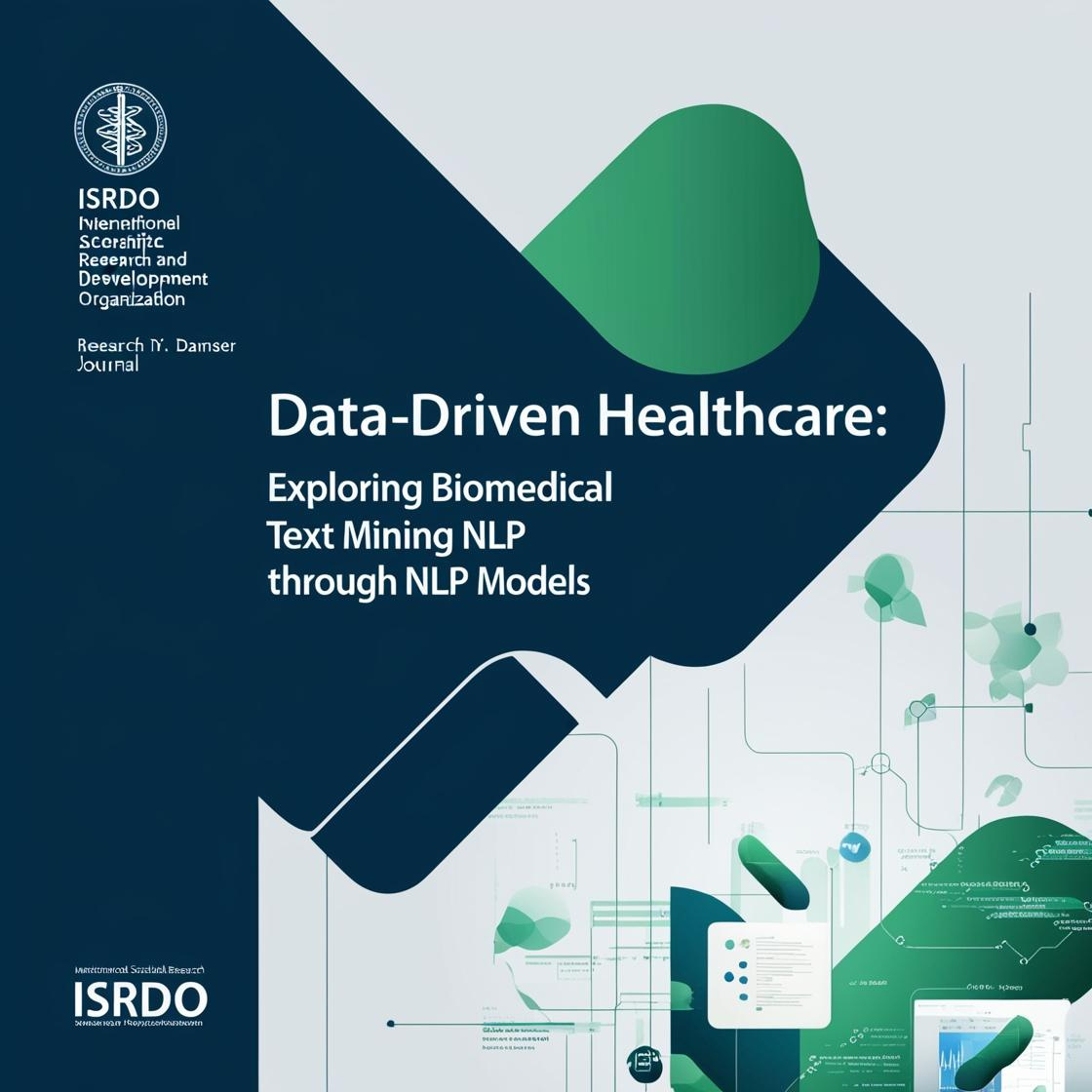
Robotics Engineering
Robotics is an interdisciplinary research area at the
interface of computer science and engineering. Robotics involves design,
construction, operation, and use of robots. The goal of robotics is to design
intelligent machines that can help and assist humans in their day-to-day lives
and keep everyone safe. Robotics draws on the achievement of information
engineering, computer engineering, mechanical engineering, electronic
engineering and others.
Robotics develops machines that can substitute for humans
and replicate human actions. Robots can be used in many situations and for many
purposes, but today many are used in dangerous environments (including
inspection of radioactive materials, bomb detection and deactivation),
manufacturing processes, or where humans cannot survive (e.g. in space,
underwater, in high heat, and clean up and containment of hazardous materials
and radiation). Robots can take on any form but some are made to resemble
humans in appearance. This is said to help in the acceptance of a robot in
certain replicative behaviors usually performed by people. Such robots attempt
to replicate walking, lifting, speech, cognition, or any other human activity.
Many of today's robots are inspired by nature, contributing to the field of
bio-inspired robotics.
The concept of creating machines that can operate
autonomously dates back to classical times, but research into the functionality
and potential uses of robots did not grow substantially until the 20th century.
Throughout history, it has been frequently assumed by various scholars,
inventors, engineers, and technicians that robots will one day be able to mimic
human behavior and manage tasks in a human-like fashion. Today, robotics is a
rapidly growing field, as technological advances continue; researching, designing,
and building new robots serve various practical purposes, whether domestically,
commercially, or militarily. Many robots are built to do jobs that are
hazardous to people, such as defusing bombs, finding survivors in unstable
ruins, and exploring mines and shipwrecks. Robotics is also used in STEM
(science, technology, engineering, and mathematics) as a teaching aid.
- Micro-Robotics
- Automation
- Bio-Cybernetics
- Digital Electronics and Micro-Processors
- Medical Robotics
- Design and Control
- Signal Processing
- Robot Manipulators
- Robot Motion Planning
- Computer Integrated Manufacturing System
- Computational Geometry
- Air Traffic Management Systems
- Computer Aided Manufacturing
- Artificial Intelligence
- Industrial Robotics
- Mechatronics
- Actuators and Drives
- Control Components
- De-mining Robot: Embedded Robot Controller
- I/O Interface
- PWM Amplifiers
- Control Software -
- De-mining Robot: Controller Software and Sensor Inputs
- Sensors
- Kinematics
- Differential Motion
- Tele-robotics and Virtual Reality
- Statics - Energy Method
- Hybrid Position-force Control
- Non-holonomic Systems
- Rescue Robot: Stage C - System Integration
- Legged Robots
- Multi-fingered Hands
- Dynamics
- Computed Torque Control
- Electronic Measurement and Instrumentation
- Robotics Engineering and Application
- Hydraulics and Pneumatics
- Embedded Systems
- Machine Design
- Digital Image Processing and Machine Vision
- Elements of Mechatronics
- Artificial Intelligence and Expert System
- Virtual Instrumentation
- Advanced Robotics
- Engineering Measurement
- Design of Transmission Systems
- Computer-Aided Manufacturing
Recent Published
Submit Manuscript
To give your manuscript the best chance of publication, follow these policies and formatting guidelines.


